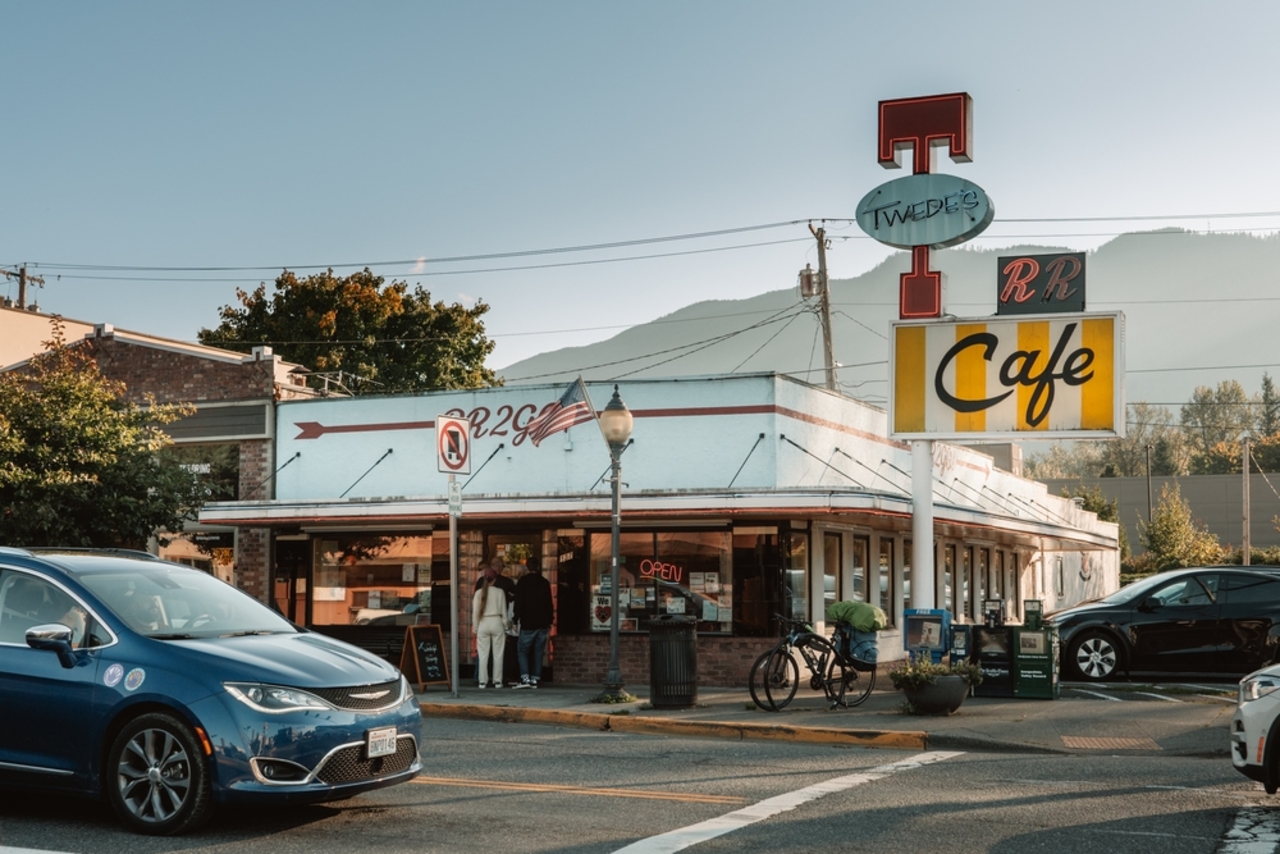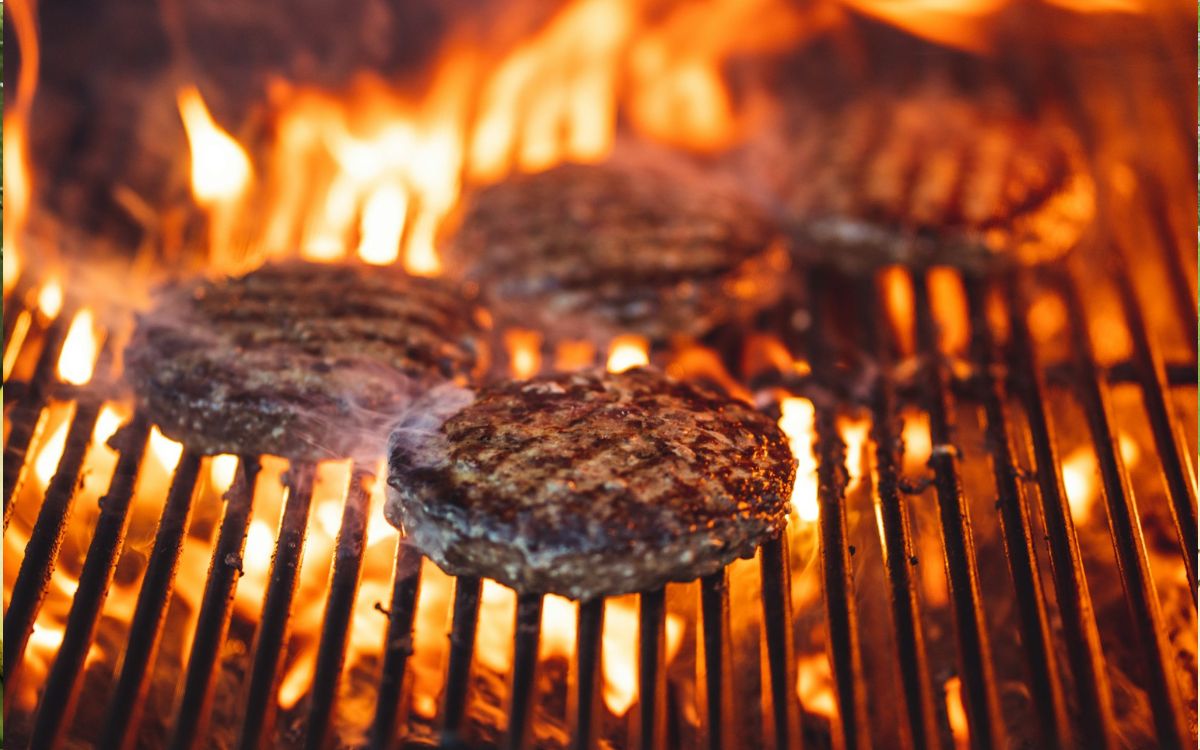Pizza Sauce Vs Marinara: 10 Differences You Should Know
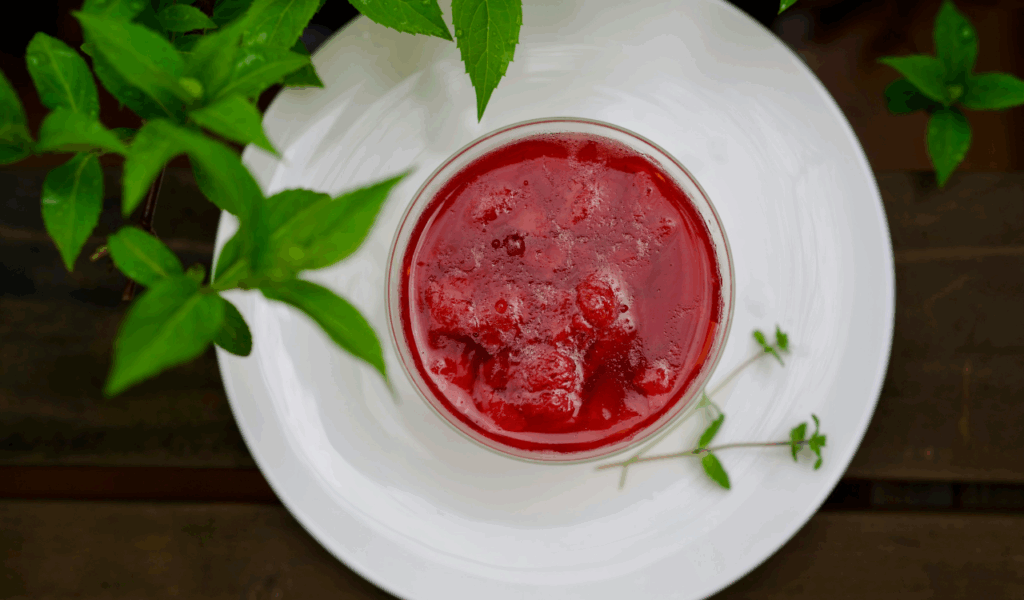
People commonly mix up pizza sauce and marinara, although they are different. Both are made using tomatoes and are important parts of Italian cooking, but they are different in terms of ingredients, how they are made, and how they are used. Knowing these differences may make cooking better, whether you’re making pizza or pasta. Each sauce has a different purpose, from the way it tastes to the way it feels, how it’s cooked, and even how it varies by region. Knowing what makes pizza sauce and marinara different will help you choose the best one for your meal, improve your cooking skills, and make sure that every time you make it, it tastes great.
What Goes Into It
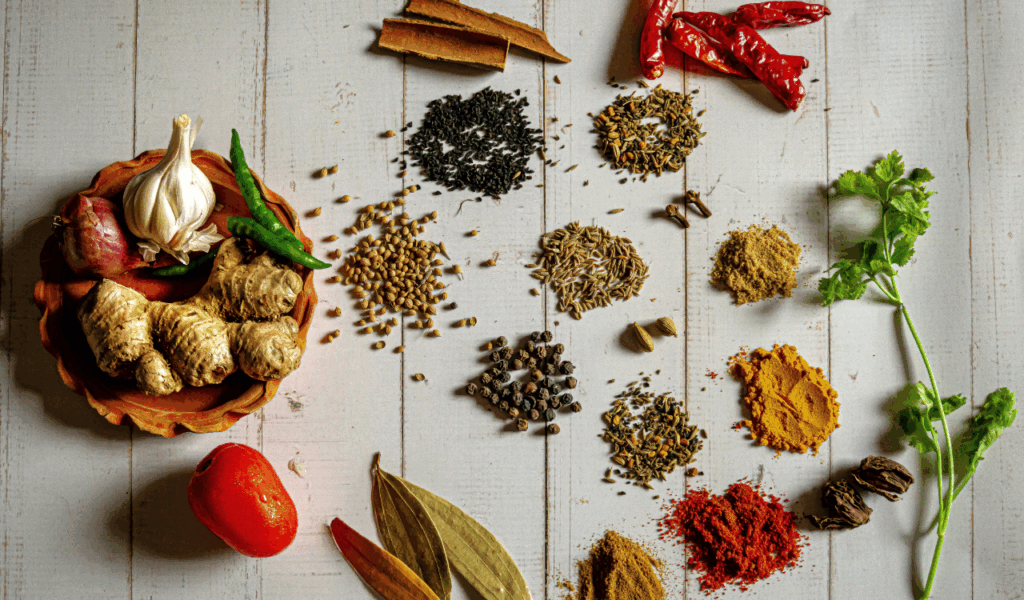
Most pizza sauces are made with pureed raw tomatoes, olive oil, garlic, and dried oregano and basil. They are kept basic to make them thick and easy to spread. Marinara sauce is prepared and usually has more flavor. It is made with stewed tomatoes, garlic, olive oil, onions, and fresh herbs like parsley. Marinara has a wider range of spices than pizza sauce, and it may also have red pepper flakes. These spices create multiple layers of flavor when the sauce is simmered slowly. Cooking marinara sauce makes it less acidic and brings out a sweeter, more concentrated flavor. Pizza sauce, on the other hand, stays bright and fresh because it isn’t processed much before baking.
Texture and Consistency
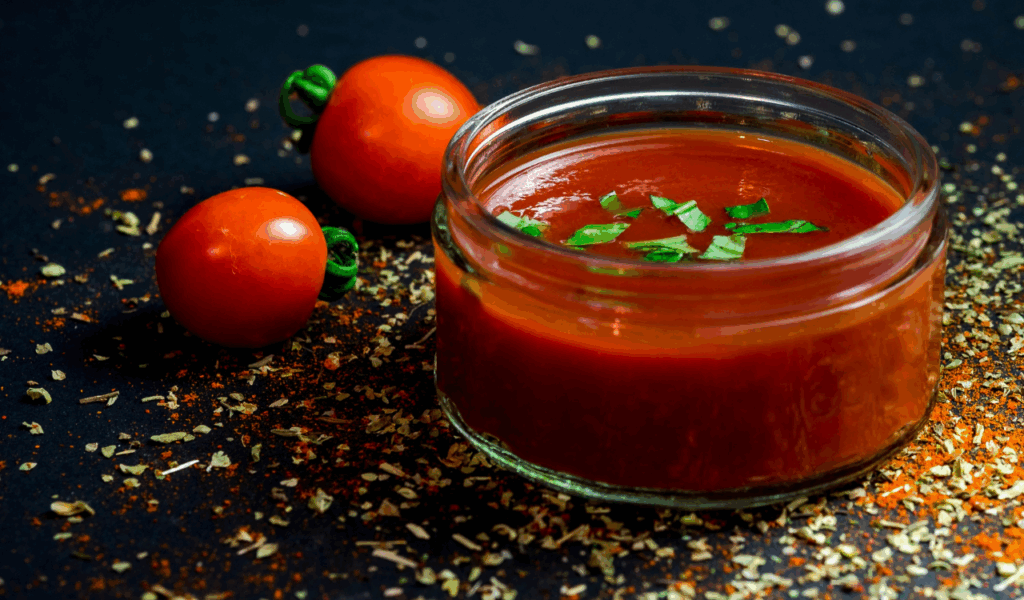
The sauce for pizza is thick and smooth, so it is easy to apply evenly over the dough without making it soggy or runny. This thickness helps keep toppings in place while baking. Marinara, on the other hand, is chunkier and more rustic. It usually has visible fragments of tomato, garlic, and herbs in it. Its thick texture gives pasta meals a strong substance and may be used as a dipping sauce. A thinner consistency and chunkier feel give it more bite and freshness. These diverse textures show how they are used in cooking and make sure that the sauces are the best for the dishes they go with.
How to Get it Ready
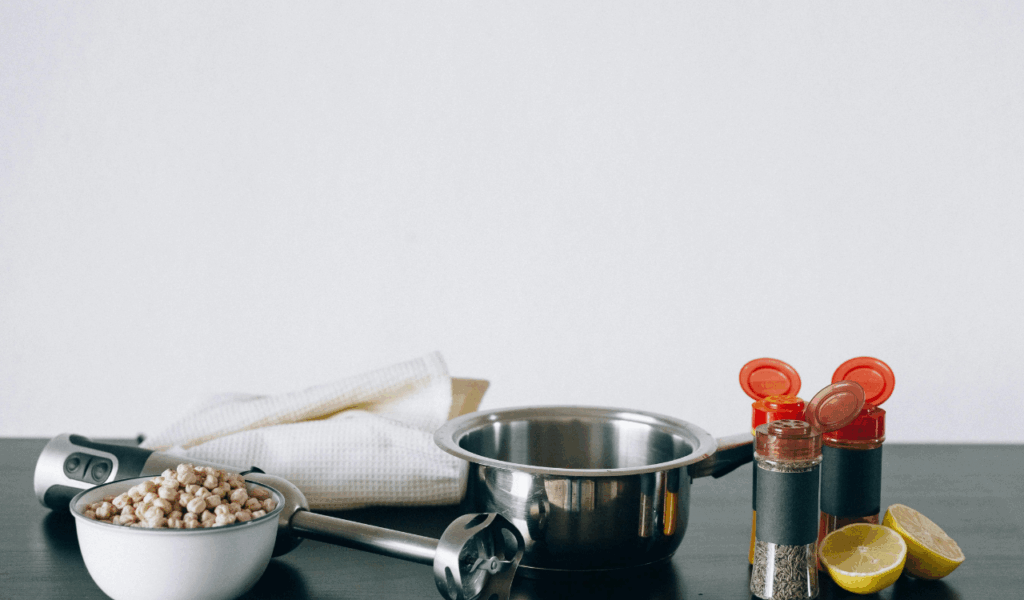
Before baking, pizza sauce is usually fresh or uncooked. It is produced by mixing raw tomatoes and mildly flavouring them. The sauce goes right on the pizza dough before the whole thing goes into the oven. The heat cooks the sauce, crust, and toppings all at the same time. Marinara needs to boil slowly for at least 20 minutes, during which time the tomatoes are cooked down with garlic, olive oil, and herbs. This step makes the sauce taste better by mixing the ingredients together in a way that makes them work together. The additional cooking time also makes marinara thicker, which makes it richer than pizza sauce, which is fresh and vibrant.
Taste Profile
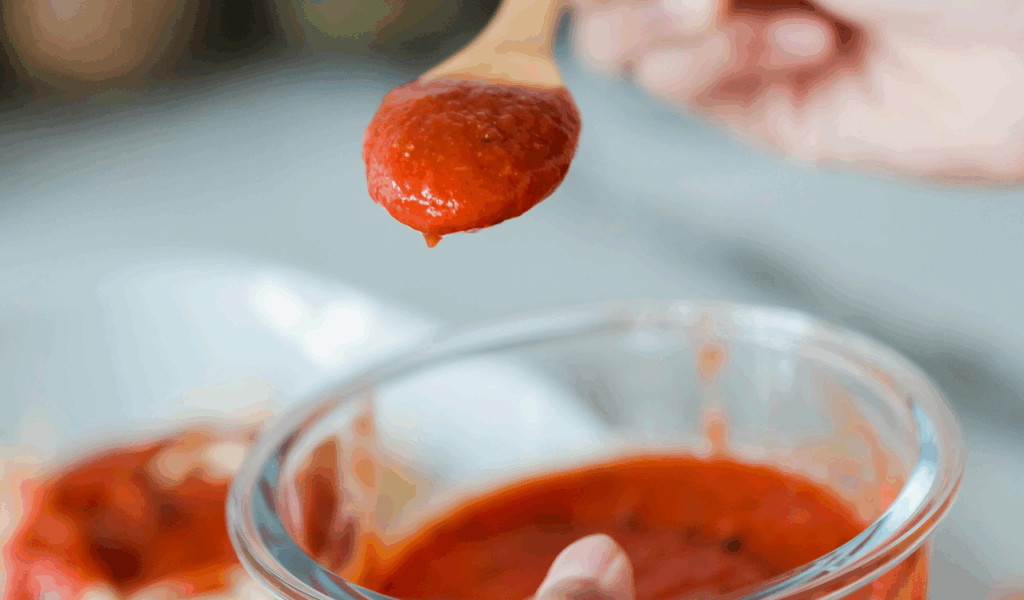
Pizza sauce has a strong, fresh tomato flavour with a lot of tanginess and herbal overtones, mostly from oregano and basil. Pizza sauce keeps these bright, crisp flavours that go nicely with cheeses and meats since it is mostly uncooked before baking. When you cook tomatoes and garlic in marinara sauce, they caramelise, which makes the sauce taste sweeter and less sharp. It has a lot of different flavours, such strong garlic, fragrant herbs, and a hint of sweetness, but it also has enough acidity to go well with pasta and seafood meals. It gives you a rich, comfortable taste.
Use & Purpose
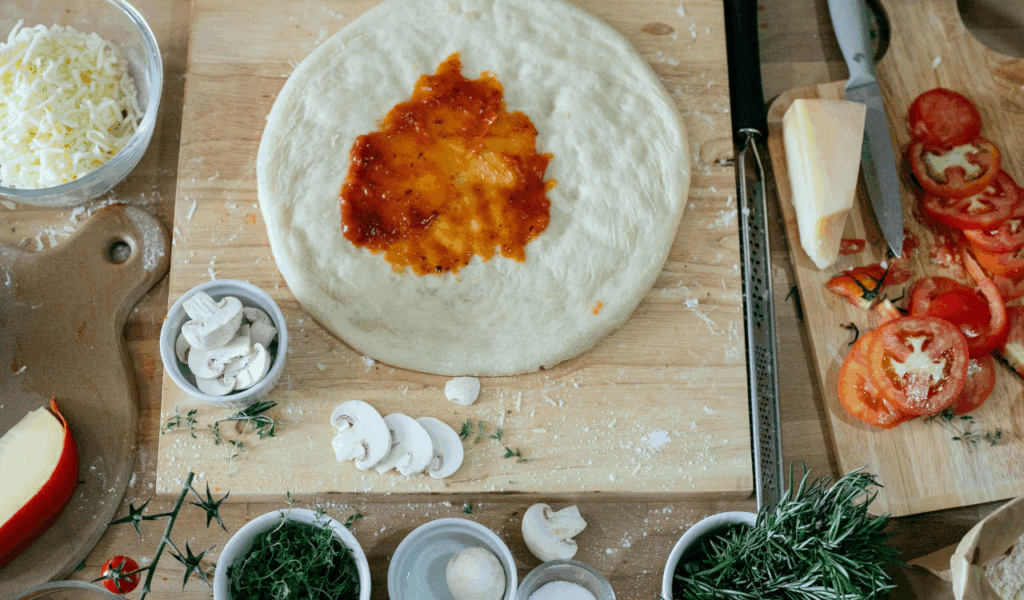
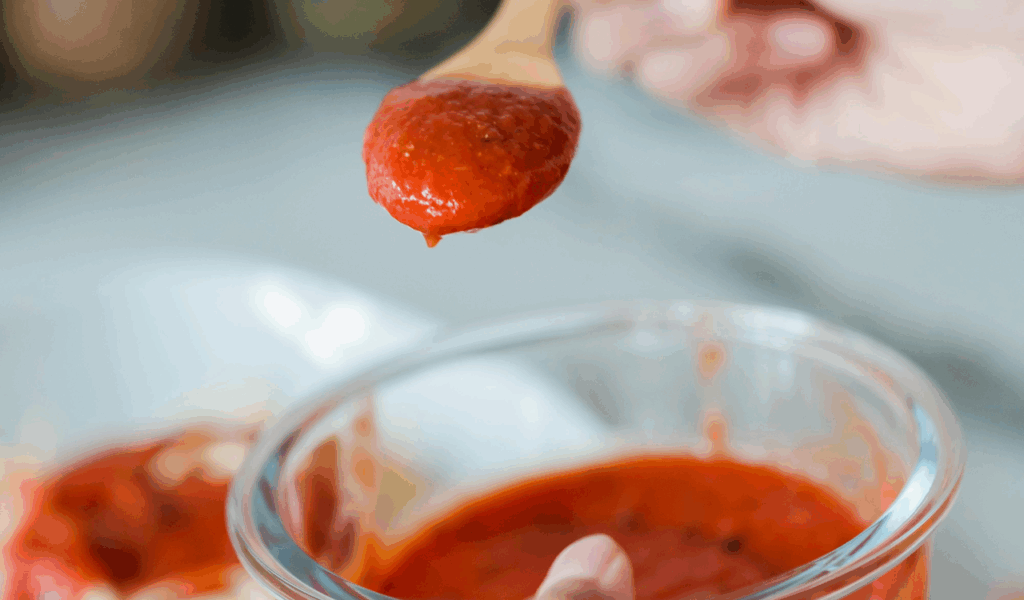
Pizza sauce is made just for spreading on pizza dough. It gives the pizza a thick foundation layer that doesn’t cover up the crust or toppings. It helps the food cook evenly and balances strong toppings like pepperoni and mozzarella. People often use marinara sauce with pasta, as a dip for breadsticks or fried appetizers, or as a foundation for other Italian dishes like meatballs or chicken Parmesan. Because of its chunkier texture and nuanced flavor character, it’s great for recipes where sauce is more than just a basis.
Time to Cook
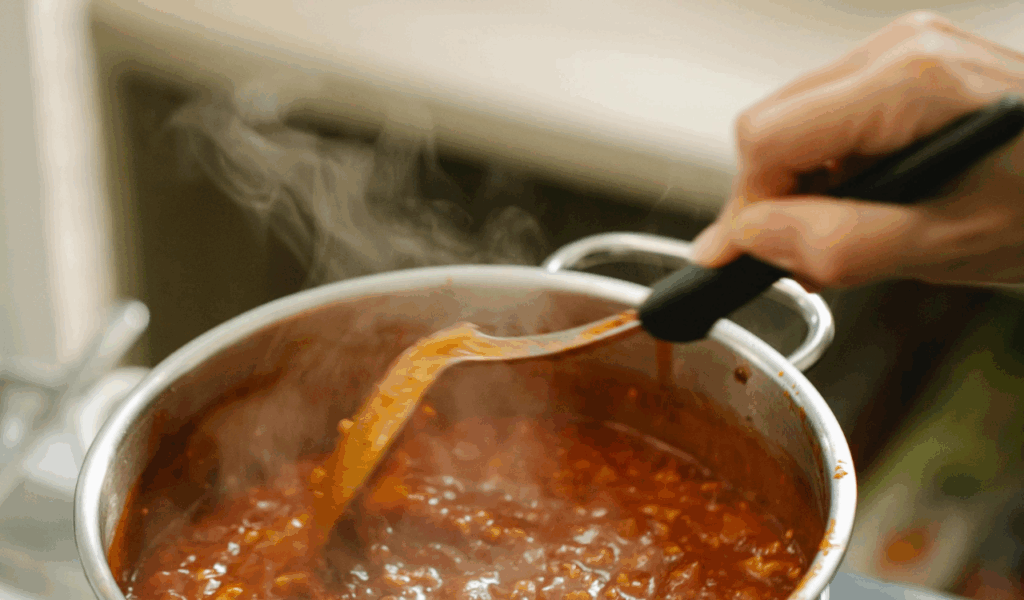
You don’t have to cook pizza sauce ahead of time, which speeds up the process of making pizza. Because it is not cooked yet, it finishes cooking at the same time as the pizza. This process saves time and keeps the vivid, fresh flavours of the tomatoes. Marinara, on the other hand, takes longer to prepare. It usually simmers for 20 minutes or more to thicken the sauce and bring out the flavours. This longer cooking time gives the sauce greater depth, making it thicker, tastier, and smellier than the pizza sauce that cooks faster and is fresher.
Herbs & Spices

Dried oregano and basil are the main herbs in pizza sauce, which gives it a distinctive Italian flavour. The sauce is usually not very spicy so that the tomato flavour may shine through. Marinara has a wider range of herbs, such as fresh parsley, red pepper flakes for a little heat, and sautéed onions for sweetness and depth. Garlic is more typically cooked into marinara than pizza sauce, which is why they taste so different: one is fresh and strong, and the other is rich and aromatic.
How Long It Lasts and How to Store It
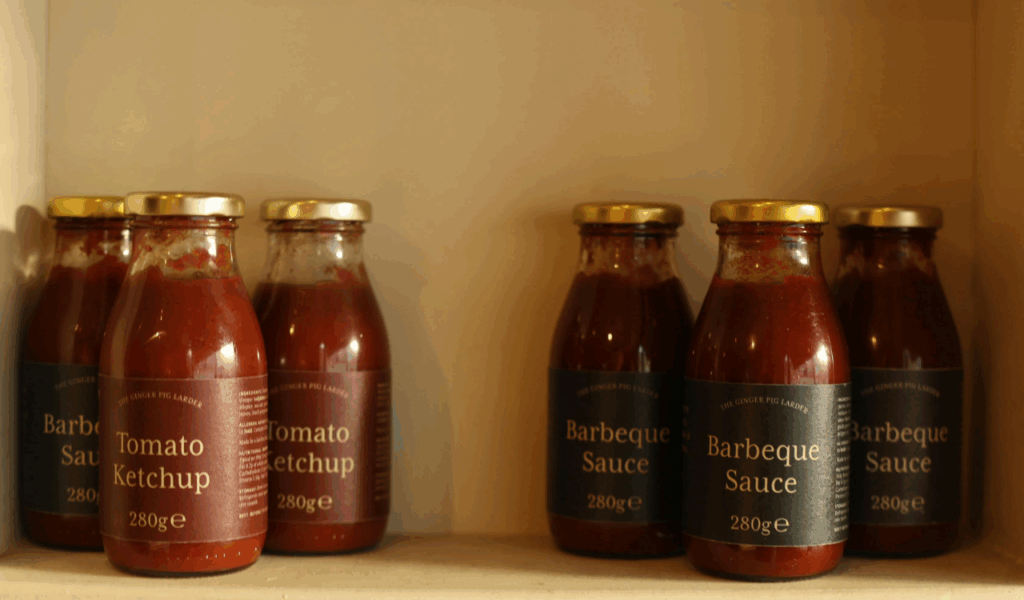
Pizza sauce is usually raw and has few ingredients, so it’s preferable to use it fresh or store it in the fridge for a short time to keep its taste and safety. Because marinara takes longer to cook, it lasts a little longer. You may refrigerate or freeze it without losing much quality. The simmering process kills bacteria and lowers moisture, which helps keep food fresh. Because of this distinction, you may make a lot of marinara sauce at once and store it for later. Pizza sauce, on the other hand, is normally made fresh before you need it.
Levels of Acidity
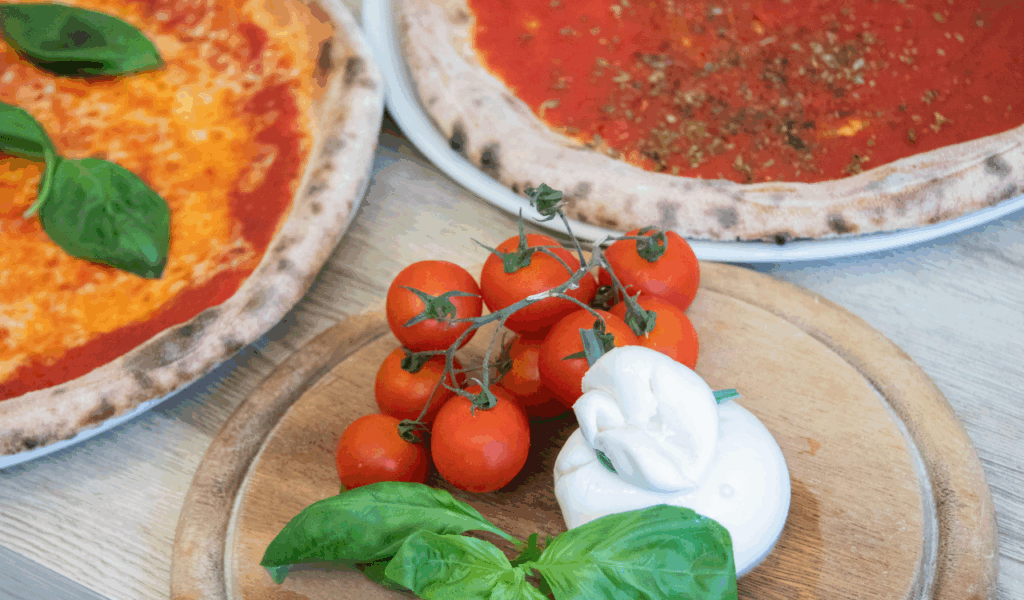
Because pizza sauce uses raw or barely processed tomatoes, it tends to be more acidic. This keeps the taste vibrant and zesty. This acidity is great at cutting through thick, fatty toppings like cheese and sausage. The process of boiling marinara breaks down acids and caramelises sugars, which balances the acidity with natural sweetness and deeper umami flavours. This makes the sauce gentler and rounder, which is great for pasta, shellfish, and lighter foods where a strong acidic punch might be too much.
Changes in Different Regions

Pizza sauce and marinara are different in different parts of the world because of local tastes and customs. For instance, the sauce for New York-style pizza is usually tangier and brighter, while the sauce for Chicago deep-dish pizza is sweeter and spicier. In Southern Italy, marinara commonly has fresh herbs, garlic, and sometimes anchovies. In Northern Italy, it could use cream or wine. This variety of sauces from different regions makes both sauces better, offering cooks a lot of options for how they want to flavour their dishes, whether they want to stick to the old manner or try something new.
